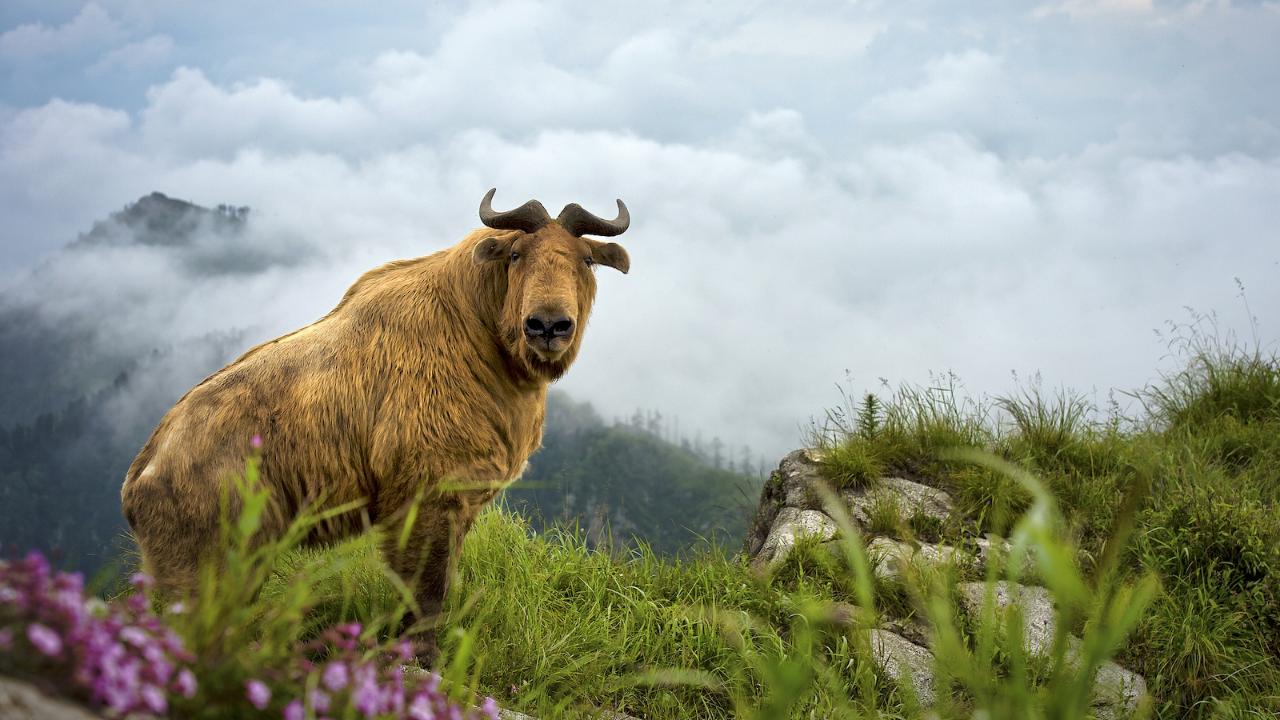Wildlife in NW China's Shaanxi Recovers Due to Conservation Efforts
Wildlife in Northwest China's Shaanxi region has seen a remarkable recovery thanks to conservation efforts. These initiatives are playing a pivotal role in protecting and revitalizing local ecosystems. With increased awareness and action towards environmental preservation, various species are beginning to thrive once more, showcasing the positive impact of dedicated conservation practices.

Recent infrared camera footage from the extensive reserve in Zhouzhi County, near the provincial capital of Xi'an, has revealed images of wild animals such as snub-nosed monkeys, takins, and musk deer, all of which are classified as first-class protected species in China.
Significantly, one recent sighting marked the first occasion where three of the most protected species were captured by the same camera, highlighting a marked increase in their populations since the cameras were installed in the reserve back in 2013.
"We spotted five or six takins, a lot of snub-nosed monkeys that appear intermittently in four to five groups with each group having about 10, two musk deer and many wild boars," stated He Yalou, the head of a management station at the reserve.
He noted that in earlier years, cameras would typically capture only one of these first-class protected animals or a limited number of second-class protected species.
An additional staff member shared that since the initiation of a project 25 years ago aimed at safeguarding the forest ecosystem, the reserve has witnessed a consistent rise in the populations of various wild animals, comprising four first-class protected species and nearly 20 second-class protected species.
"As the protected habitats of these animals steadily recover, there has been an increasingly wider distribution of these animals. Since wild animals may appear in every corner of the forests, we need to step up management and protection work to ensure the safety of wild animal resources in the reserve and the harmonious co-existence of humans and animals," remarked Ding Qiaozhou, who leads the resource monitoring and fire prevention division at the reserve.
Allen M Lee for TROIB News
Find more stories on the environment and climate change on TROIB/Planet Health












